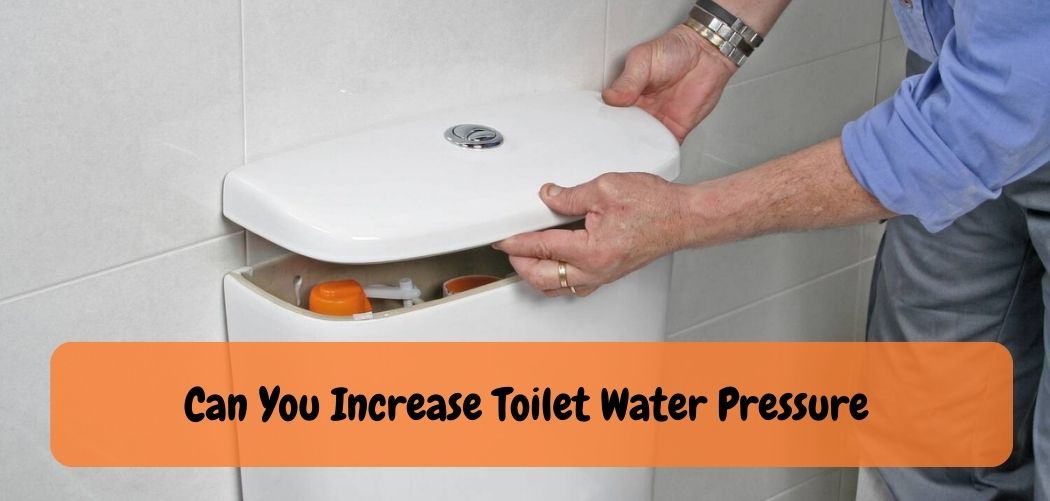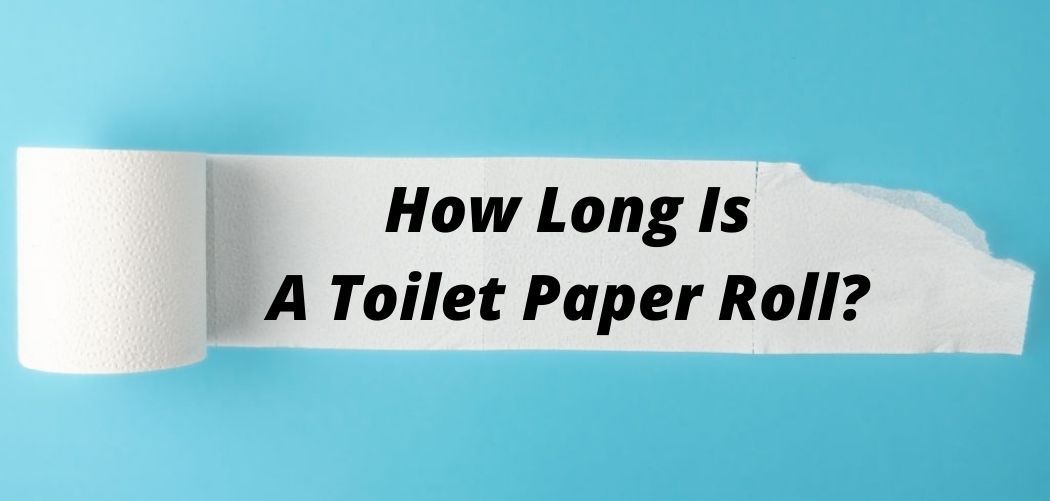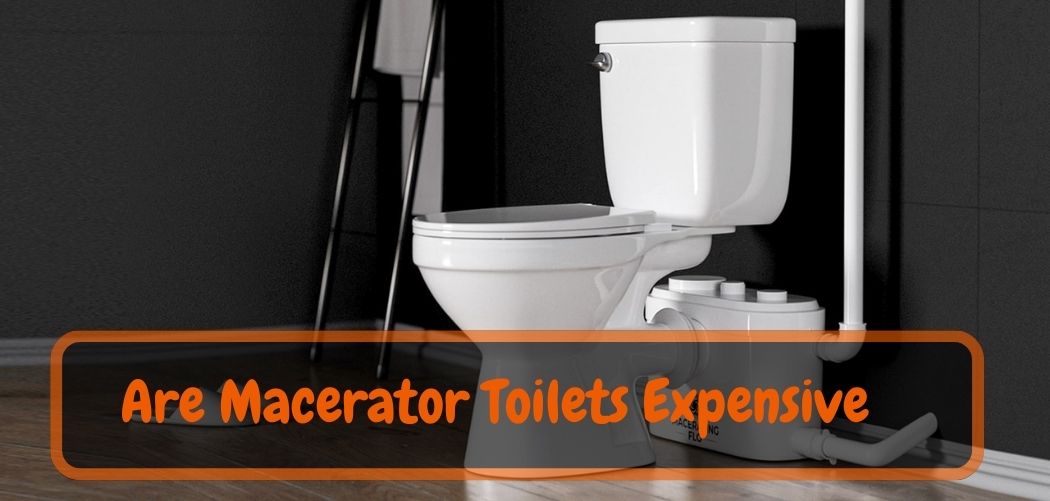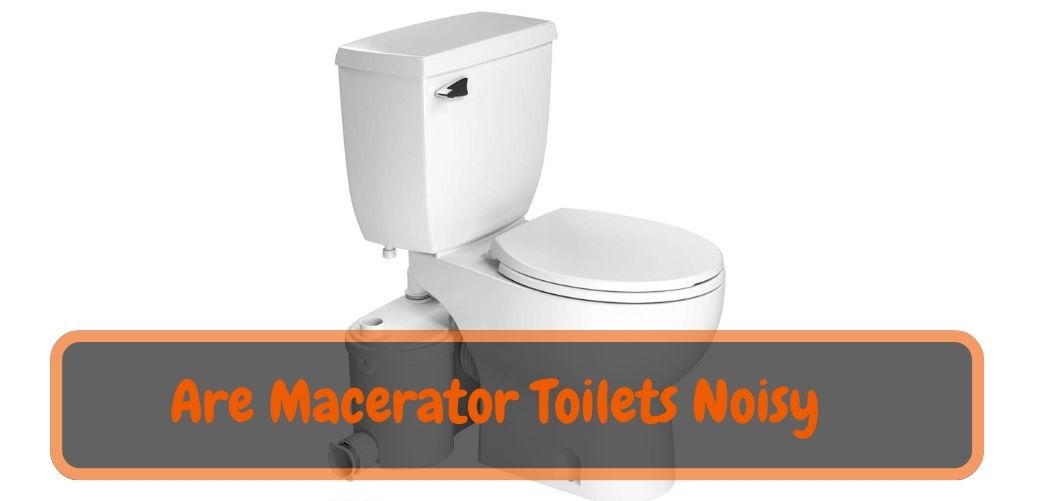Yes, you can increase toilet water pressure by adjusting the fill valve or replacing it with a more powerful one. Improving toilet water pressure is essential to ensure a good flush and keep your bathroom hygienic.
In the realm of household comfort and functionality, few things are as vital as a properly functioning toilet. Central to its effective operation is water pressure, the force that propels waste away swiftly and efficiently. Yet, scenarios often arise where the water pressure in a toilet seems lacking,
Leading to concerns about its flushing power. The question arises: Can you increase toilet water pressure? In this exploration, we delve into the factors that influence toilet water pressure, examine potential solutions to enhance it, and offer practical insights for ensuring that this essential fixture performs at its best.
Whether seeking to troubleshoot low water pressure or contemplating ways to optimize your toilet’s flushing capabilities, this guide provides valuable insights into the world of toilet water pressure and how to navigate its nuances effectively.
Can You Boost Your Toilet Water Pressure?
Toilet water pressure can be increased. Adjust the fill valve or replace the flapper valve clear any clogs in the water supply line. Ensure you check the water pressure from the main supply.
Be aware of the risks like damaged pipes, increased water consumption, and noise pollution. Improper installation or adjustment of valves can lead to damage, higher utility bills, and noise.
Can You Increase Toilet Water Pressure? An Informative Guide
When it comes to the efficient functioning of a toilet, water pressure plays a pivotal role. Proper water pressure ensures that waste is effectively flushed away, minimizing the risk of clogs and maintaining the overall hygiene of the bathroom.
If you’ve noticed a decrease in your toilet’s water pressure or simply want to optimize its flushing capabilities, this guide will explore whether and how you can increase toilet water pressure.
Understanding Toilet Water Pressure
Toilet water pressure is the force with which water is delivered to the toilet bowl during a flush. It’s crucial for effective waste removal and preventing clogs. The water pressure in your toilet is influenced by several factors:
1. Water Supply: The primary source of water pressure is your home’s water supply system. Municipal water pressure varies by location, and homes farther from water treatment plants might experience lower pressure.
2. Home Plumbing: The plumbing layout within your home also affects water pressure. Factors such as pipe size, pipe material, and the number of bends in the pipes can impact the pressure at your toilet.
3. Water Flow Restrictors: Many modern toilets are designed to water-efficient, featuring flow restrictors that limit the amount of water used per flush. While this conserves water, it can sometimes affect flushing power.
4. Clogs and Blockages: Blockages in the pipes leading to or within the toilet can reduce water pressure. Clogs may be cause debris, mineral buildup, or other obstructions.
Can You Increase Toilet Water Pressure?
The ability to increase toilet water pressure depends on various factors. Here are some potential steps to consider:
1. Check Water Supply Pressure
Start by determining the water pressure supplied to your home. You can do this by contacting your water utility company or using a pressure gauge at an outdoor faucet. If your home’s water pressure is already low, increasing it might require assistance from professionals or the water utility.
2. Inspect Plumbing and Pipes
Examine the plumbing leading to your toilet. Ensure that pipes are properly sized and are not obstruct debris or mineral buildup. If you suspect issues, consulting a plumber can help identify and address any problems.
Also Read: Best Pressure Assisted Toilets Reviews And Comparison in 2023
3. Remove Flow Restrictors
Some toilets have flow restrictors designed to reduce water consumption. If your toilet’s flushing power is compromise, consider removing or adjusting the flow restrictor. However, be aware that this might impact water efficiency.
4. Upgrade Toilet Components
Consider upgrading your toilet components for improved water pressure. This might include installing a more powerful flush valve or a pressure-assisted flushing system. These upgrades could enhance the force of water during a flush.
5. Maintain and Clean
Regular maintenance and cleaning are essential for optimal water pressure. Remove mineral buildup from pipes, clear blockages promptly, and avoid flushing items that could lead to clogs.
Also Read: Top 5 Toilet Fill Valves for High Pressure: Find the Best Fit
Understanding Toilet Water Pressure
Toilet water pressure plays a crucial role in the flushing process. It ensures that waste is remove effectively, without clogging the toilet. Understanding how toilet water pressure works is essential to maintain adequate flushing performance.
Many factors impact toilet water pressure, including the water level, the water supply line, the fill valve, and the flush valve. Common toilet water pressure problems include a weak flush, slow tank filling, noisy valves, and leaks.
These issues can lead to inadequate flushing and waste buildup. Addressing these issues can help increase toilet water pressure and ensure optimum flushing performance.
Frequently Asked Questions For Can You Increase Toilet Water Pressure?
Can Low Water Pressure Be Fix In A Toilet?
Yes, it can fixed by checking the fill valve, flushing mechanism, or calling a plumber.
What Causes Low Water Pressure In Toilets?
Several factors, including clogs, malfunctions in the fill valve, or problems in the water supply line.
How Do You Increase Water Pressure In A Toilet?
You can increase pressure by adjusting the fill valve, cleaning clogs, or installing a new flushing mechanism.
What Is The Optimal Water Pressure For A Toilet?
The optimal water pressure for a toilet is between 20 psi and 125 psi to ensure proper flushing.
How Often Should You Check Your Toilet Water Pressure?
You should check your toilet water pressure when you experience issues or at least once a year.
Conclusion
After all, toilet water pressure is an essential aspect of maintaining the functionality and hygiene of your bathroom. By following the tips and tricks shared in this article, you can easily increase toilet water pressure, save money, and avoid unnecessary plumbing expenses.
Remember to regularly check for clogs, leaks, and other plumbing issues and seek professional help if needed. Additionally, you should invest in a good quality toilet and keep it clean to ensure optimal performance.
With a few simple adjustments, you can have a strong, efficient, and powerful flushing toilet that will provide you with a comfortable and satisfying experience every time. Thank you for reading this article, and we hope we have been able to assist you in your journey towards better toilet water pressure.










